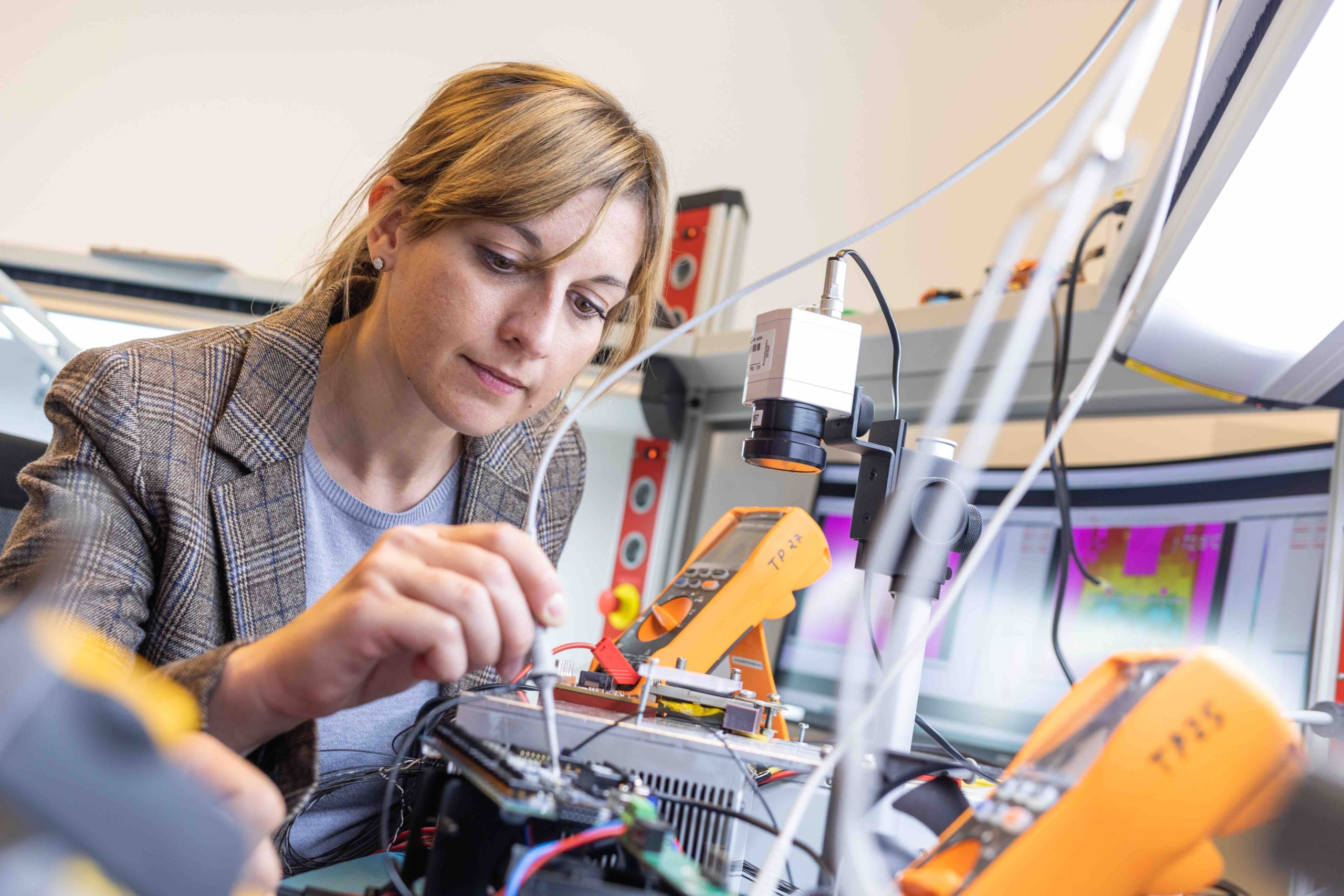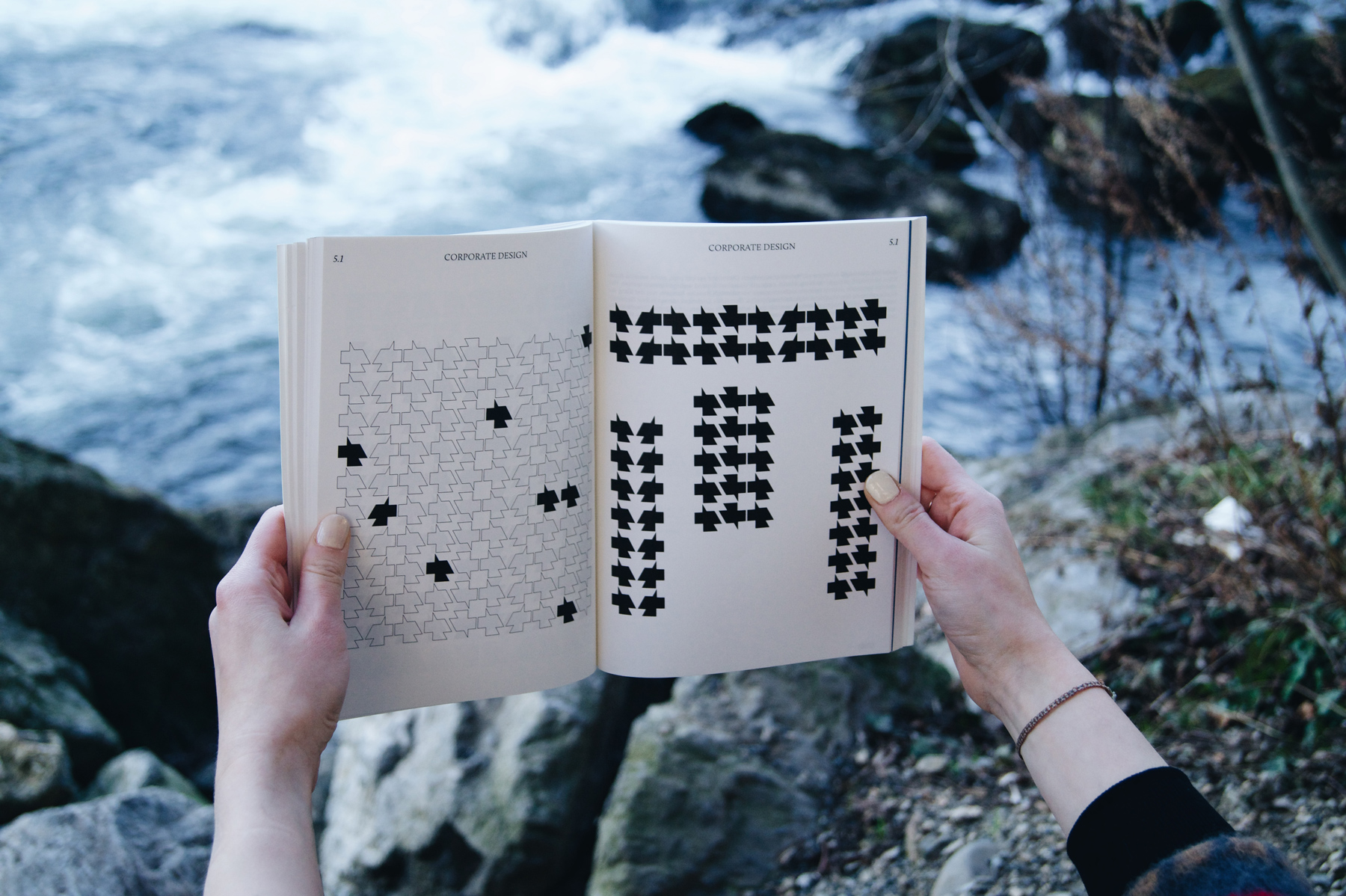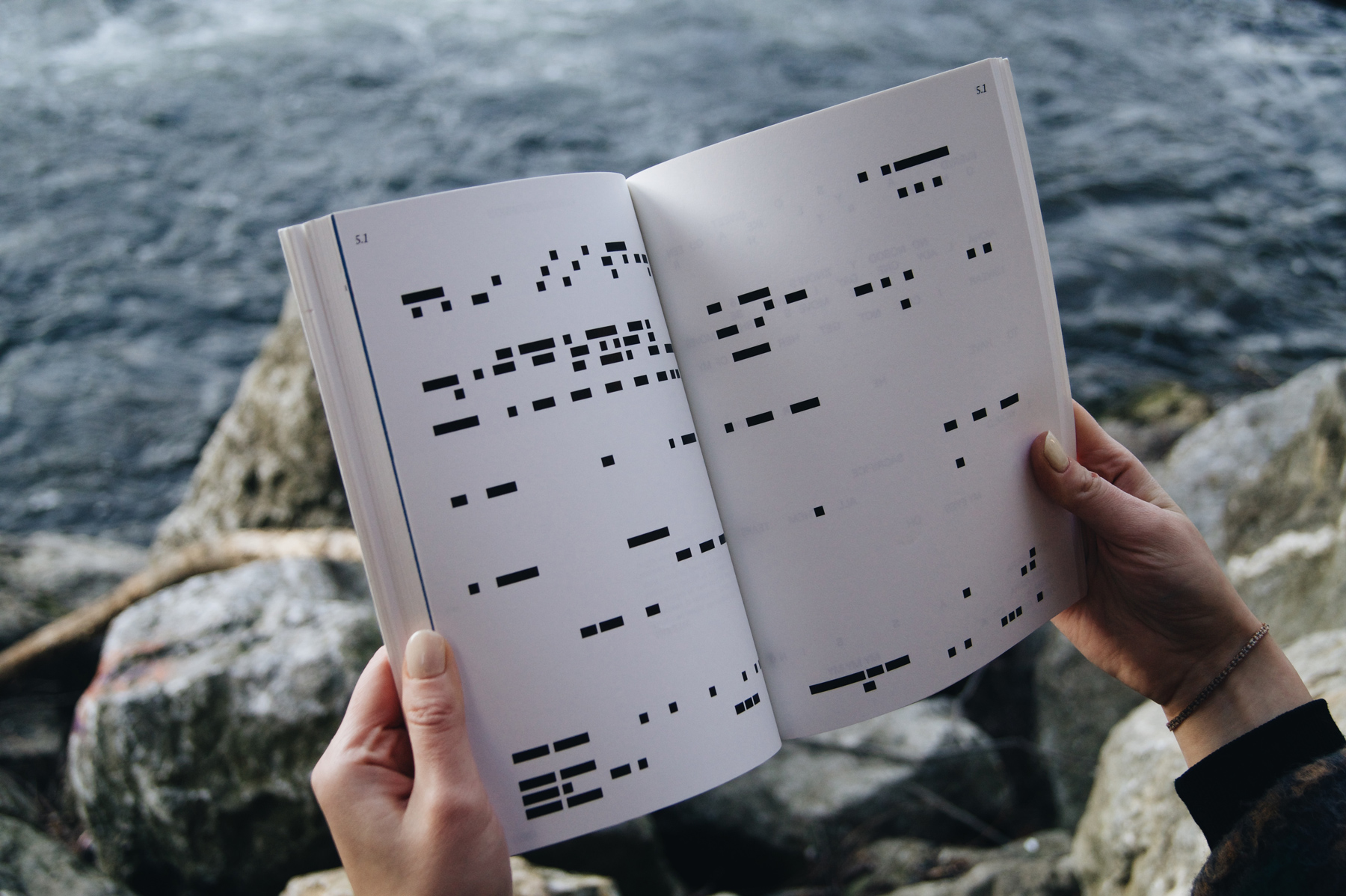The continuous change in values in our society not only causes design to (constantly) change but also questions the typical roles in traditional family constructs that we are familiar with – industrialization, globalization and evolution contribute to the increasingly prominent and changing role of the father. Through targeted linguistic, pictorial, and acoustic transmission, designers can evoke an intended image in observers.
As with all human roles, fathers also use so-called communication codes to get in touch with their children, to build up feelings, and to strengthen the relationship between them. Communication codes are culturally strongly anchored values that our parents and our surroundings teach us. Do brands use similar communication tools as we humans, especially fathers? Are isolated contacts enough for a stable father-child relationship, or is a string of actions, a pattern, required in order for a coherent structure to emerge in the end?












